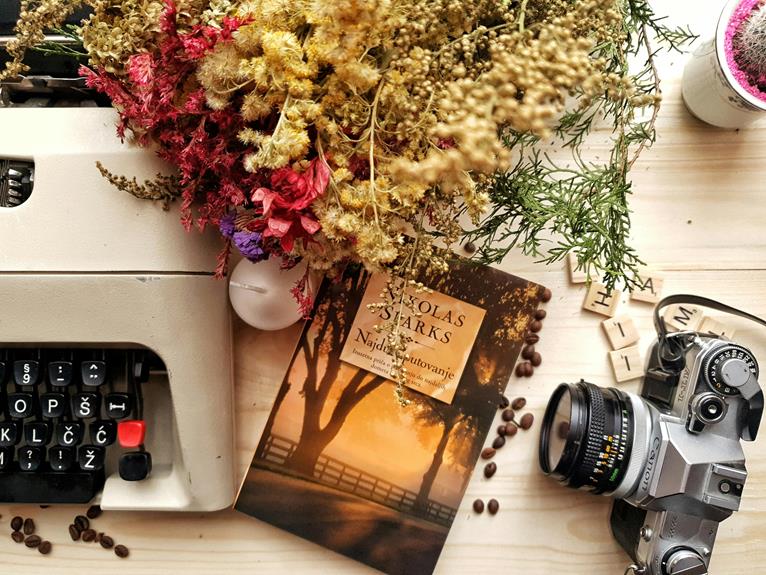
To kickstart your journey in photography composition, remember the Rule of Thirds. By dividing your image and placing key elements strategically, you'll add interest and balance instantly. Leading lines, such as roads or fences, guide viewers through your photo, while symmetry and patterns bring harmony and intrigue to your shots. Experiment with angles and framing to enhance your subjects. Take these basics and elevate your photography game to exciting new heights.
Rule of Thirds
When composing a photograph, consider using the Rule of Thirds to create a visually appealing and dynamic image. This rule involves mentally dividing your image into nine equal parts using two horizontal lines and two vertical lines, resulting in a grid with nine sections.
By placing key elements along these lines or at their intersections, you can add interest and balance to your composition. For example, if you're taking a portrait, try positioning the subject's eyes along one of the horizontal lines and the horizon along one of the vertical lines. This technique helps draw the viewer's eye into the image and creates a sense of flow and movement.
Leading Lines
To enhance the composition of your photographs, consider incorporating leading lines that guide the viewer's gaze through the image, adding depth and visual interest. Leading lines are elements within a photograph that act as a path for the viewer's eyes to follow. These lines can be straight, diagonal, curved, or even implied by a series of objects. By strategically placing leading lines in your composition, you can create a sense of movement and flow, as well as draw attention to specific areas of the image.
Common examples of leading lines include roads, fences, rivers, buildings, or any other element that forms a line within the frame. When using leading lines, pay attention to where they originate and where they lead to, as this can significantly impact the overall feel of the photograph. Experiment with different angles and perspectives to see how leading lines can transform a simple scene into a visually compelling image. Remember, leading lines are a powerful compositional tool that can help you create more engaging and dynamic photographs.
Symmetry and Patterns
Consider incorporating symmetrical elements and patterns in your photography compositions to add visual balance and interest. Symmetry can create a sense of harmony and order in your photos. Look for reflections in water or buildings with symmetrical designs to enhance your compositions.
Patterns, on the other hand, can add a dynamic element to your images. Keep an eye out for repetitive shapes or colors that can create a visually appealing rhythm in your photos.
When using symmetry, try to position your subject centrally to emphasize the balance in the composition. Experiment with different angles and perspectives to find the most captivating way to showcase symmetry in your photos.
For patterns, fill the frame with the repetitive elements to make them the focal point of your image. Play around with different compositions to see how patterns can interact with other elements in your photograph.
Framing and Backgrounds
Explore how framing and backgrounds can significantly impact the overall composition of your photographs, guiding the viewer's focus and adding depth to your images. Framing refers to how elements within a photograph are arranged and enclosed within the borders of the image. By using natural elements or man-made structures to frame your subject, you can draw attention to the main focal point and create a sense of context. For instance, using a doorway or window to frame a subject can lead the viewer's eye directly to it.
Backgrounds play a crucial role in photography composition as well. A cluttered or distracting background can take away from the main subject of your photo. When composing your shot, pay attention to what's behind your subject. Look for clean, simple backgrounds that complement and enhance your focal point. Experiment with different angles and perspectives to find backgrounds that add interest without overshadowing your main subject. Remember, a well-chosen background can make a significant difference in the overall impact of your photograph.
Conclusion
Now that you've learned about the basics of photography composition – the Rule of Thirds, Leading Lines, Symmetry and Patterns, as well as Framing and Backgrounds – you're well on your way to taking stunning photos.
Remember, composition is key in creating visually appealing images that capture the viewer's attention. Practice these techniques and experiment with different perspectives to enhance your photography skills.
Keep shooting and have fun!




